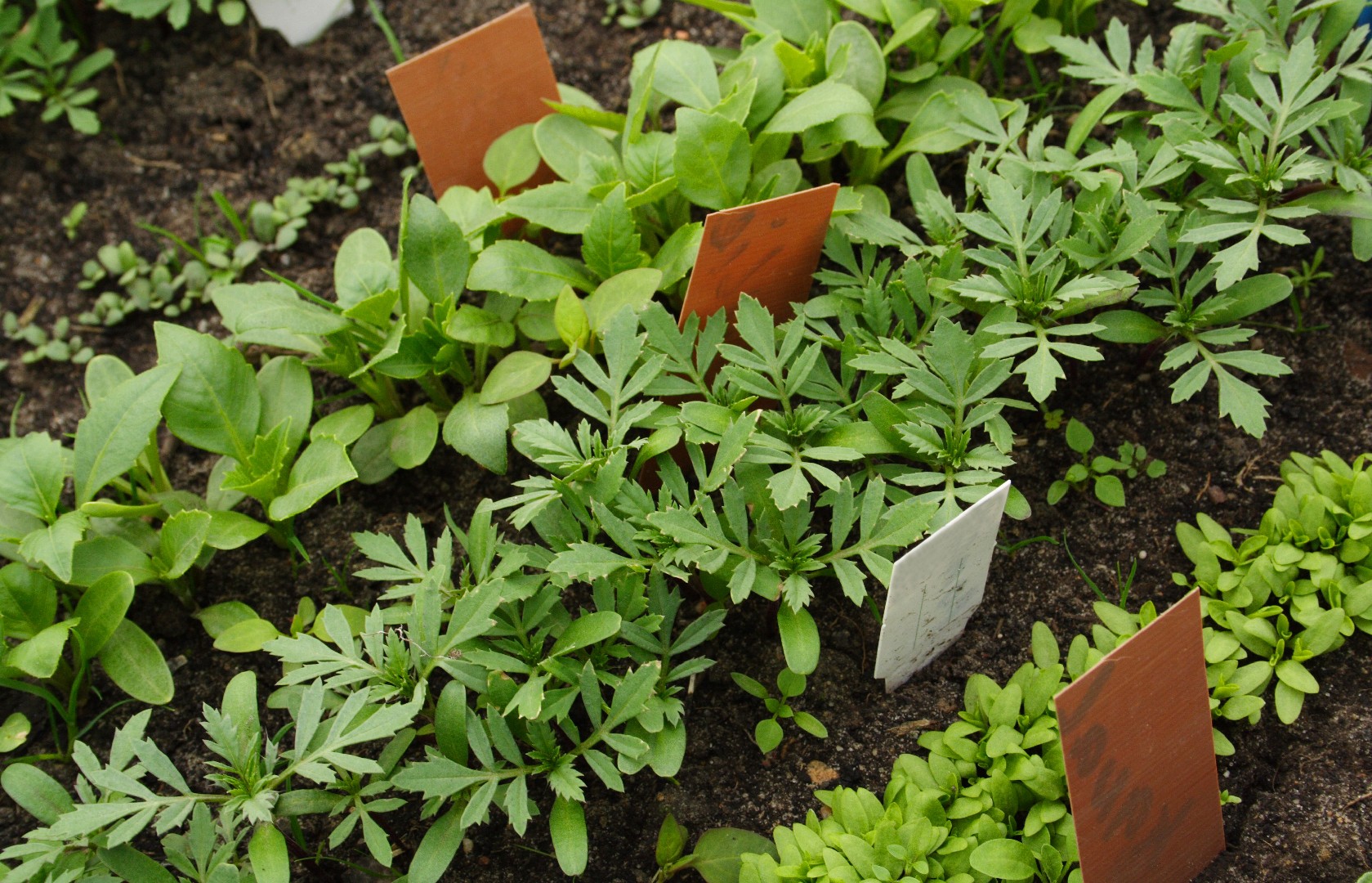![Rectangle]()
Layouts for Success: Optimal Herb Garden Designs
When it comes to designing your herb garden for maximum productivity, choosing the right layout is crucial. Different layouts offer various benefits and cater to different needs, whether you're growing herbs for cooking, medicinal purposes, or simply to create a visually appealing garden space.
One popular layout is the formal herb garden design. This design features geometric patterns, symmetrical beds, and neatly arranged herbs. It offers a sense of order and elegance, making it a great choice for those who want a sophisticated garden aesthetic. The formal layout is ideal for growing a variety of culinary herbs, such as basil, parsley, and thyme. It's also suitable for small gardens or urban spaces since it maximizes the use of limited space.
On the other hand, the informal herb garden design embraces a more natural and relaxed feel. It mimics the appearance of a wild herb garden with its organic shapes and mixed plantings. This layout is perfect for those who prefer a more laid-back and rustic garden style. The informal design works well for growing larger quantities of herbs, especially if you have a spacious outdoor area with room to let the herbs sprawl and grow freely.
If you're interested in traditional medicinal herbs, consider creating a traditional medicinal herb garden layout. This design focuses on cultivating herbs with healing properties, such as lavender, chamomile, and echinacea. It emphasizes accessibility and easy harvesting for therapeutic purposes. The traditional medicinal layout usually includes raised beds, clearly labeled plants, and pathways for easy navigation. It's an excellent choice for anyone interested in using herbs for natural remedies and wellness.
For those who want to focus on specific culinary needs, a culinary herb garden layout is the way to go. This design centers around growing herbs commonly found in various cuisines, like rosemary, cilantro, and dill. The culinary layout ensures easy access to herbs you frequently use in your cooking. Consider grouping herbs together based on flavor profiles or cultural uses, making it convenient to harvest a blend of ingredients for specific dishes.
Lastly, if you enjoy brewing your own herbal teas, a tea garden layout is perfect for you. This design highlights herbs that are commonly used in tea infusions, such as mint, chamomile, and lemon verbena. Create designated areas for different types of teas, and incorporate cozy seating areas for relaxing and enjoying your homegrown herbal brews.
Remember, the key to selecting the right layout is to consider the type and quantity of herbs you want to grow, as well as the available space. By carefully choosing a layout that aligns with your goals and preferences, you can create a visually appealing and highly productive herb garden that will bring you joy and bountiful harvests.





